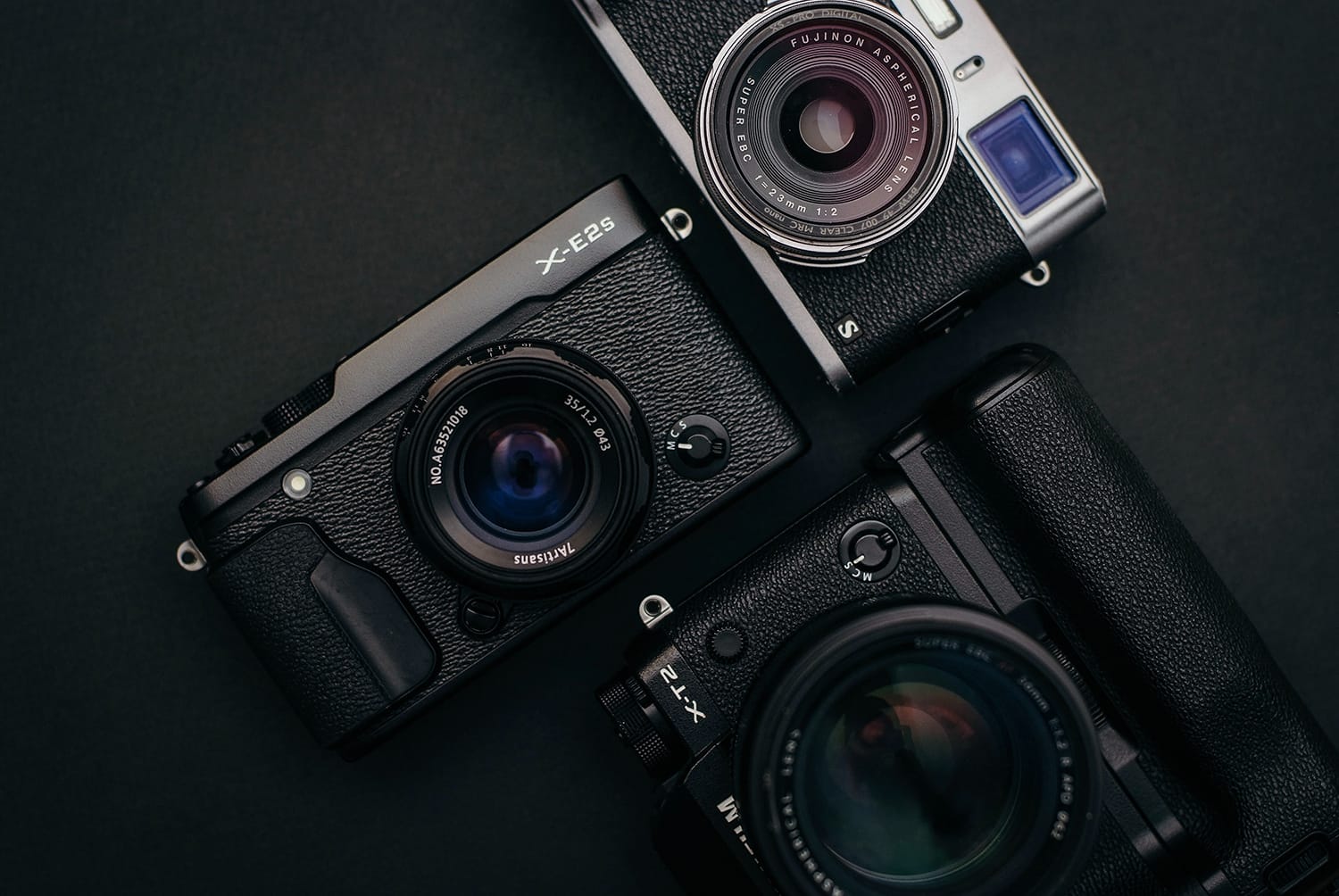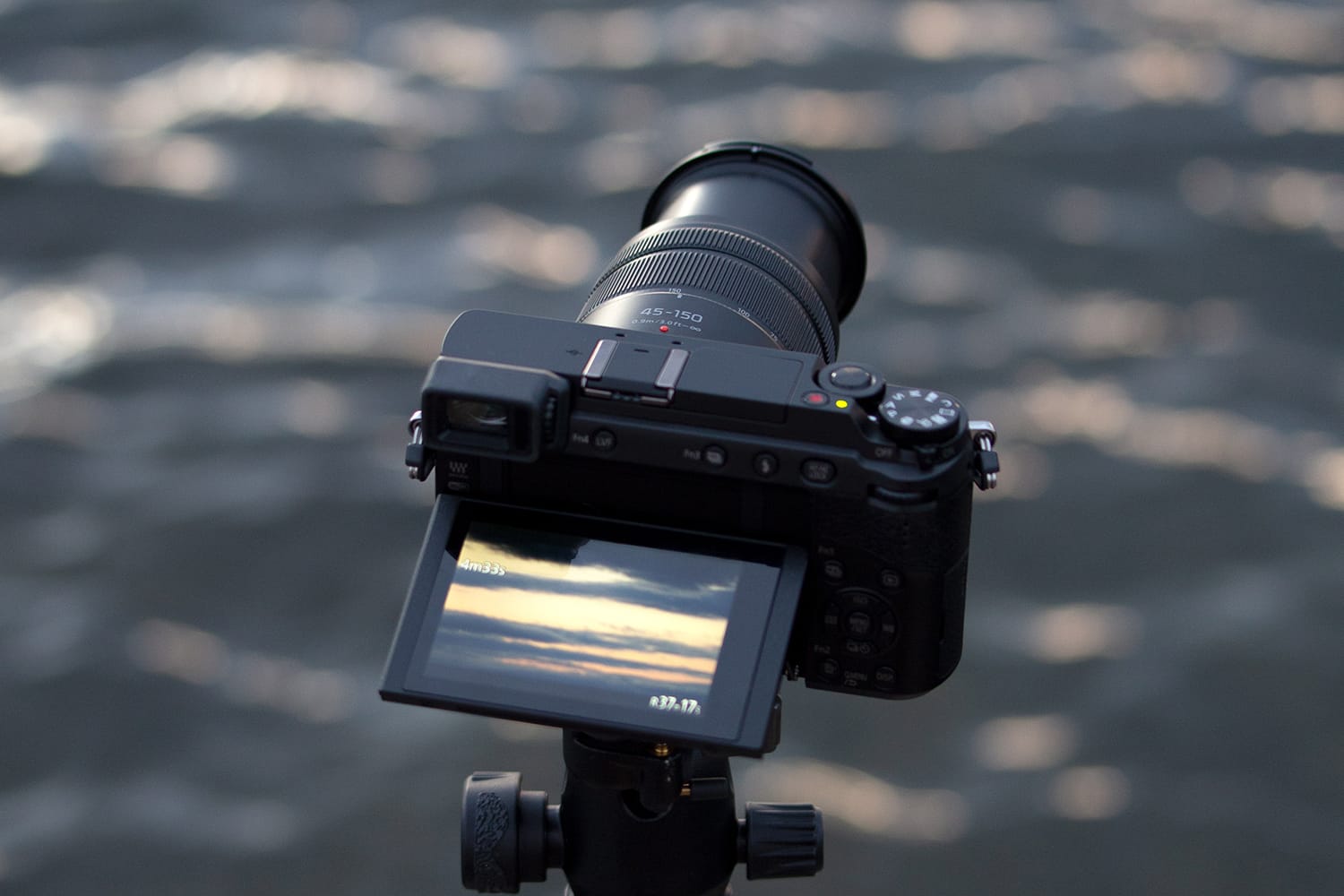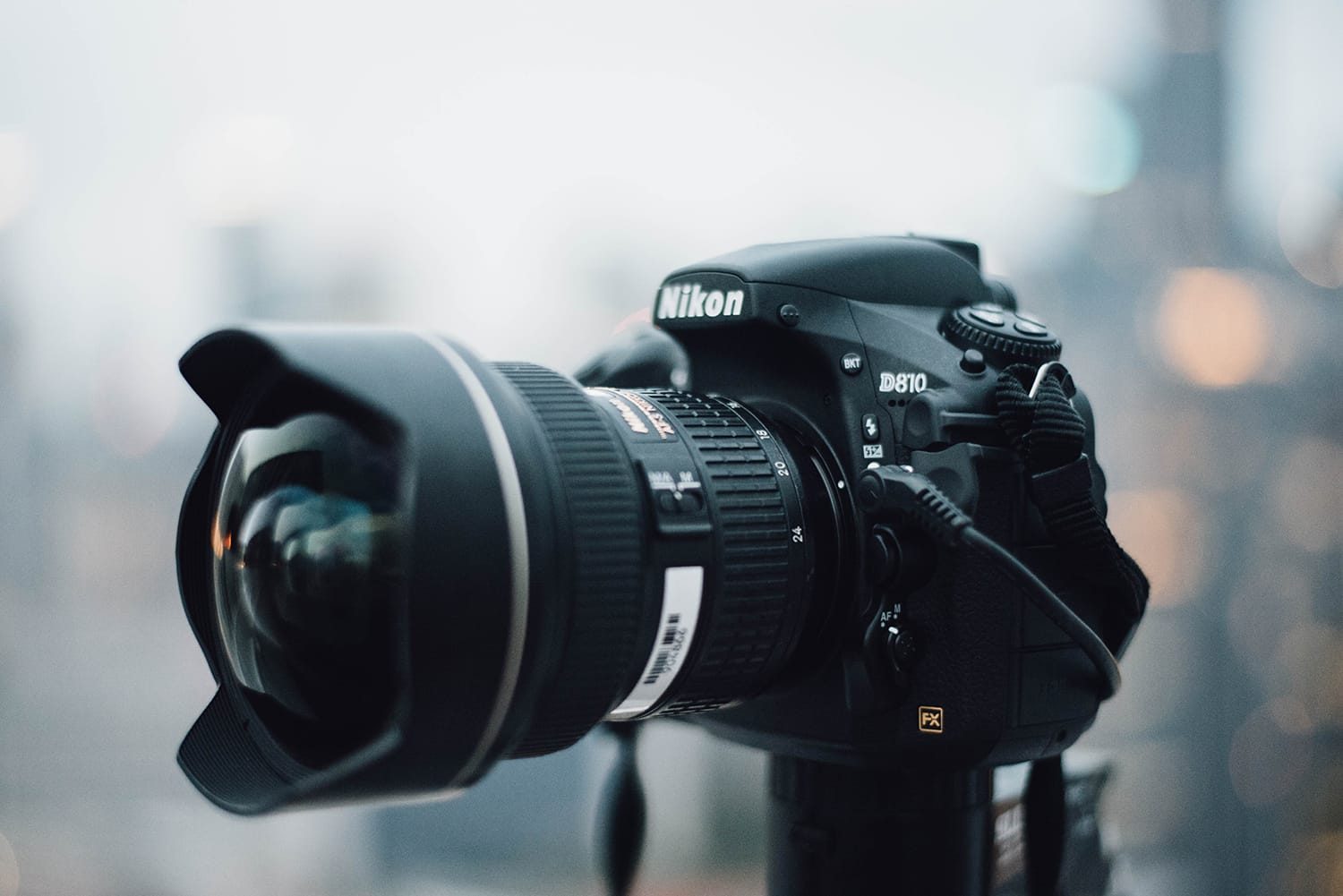How To Choose Your DSLR or Mirrorless Camera
If you’ve decided you’d like to get more into photography, or you’re ready to make a career from your photos, you’ll probably want to make sure that you’ve got the right camera for the photography you want to do.
But there are so many different cameras on the market that it can be hard to know where to start when choosing! There are a number of factors to take into consideration, so let’s look at them to help you make a decision.
Mirrorless Cameras
Mirrorless cameras are becoming an increasingly popular option for many photographers, with their lightweight bodies and increasing selection of lenses.

So why would you consider a mirrorless camera? Let’s look at the pros and cons:
Pros
- Lightweight and compact bodies
- Easy to transport around
- High quality images, with resolution to rival DSLRs
- Increasing selection of good lenses, both zoom and prime
Cons
- Menu driven and less manual controls/knobs/dials
- Mirrorless cameras are often slower to autofocus than DSLRs
- Usually not as robust (or weather-sealed) as a DSLR
- Smaller selection of lenses
Mirrorless cameras are ideal if you do a lot of travelling and want a camera you can almost just pop in your pocket. They’re also good for those who just want to do photography for fun, as they’re small and lightweight, with an easy to use focusing system. But if you want a camera that focuses fast, then it’s not necessarily the best option, though an increasing number of pro photographers are jumping on the mirrorless bandwagon lately.

In my opinion, some of the best cameras in this bracket are made by Sony and Fuji. Both offer a decent selection of lenses. Fuji cameras in particular, I feel can rival even some of the best DSLRs out there.
The Sony APS-C line used to be a bit more budget friendly, but they’ve made tremendous improvements with their a6300 and a6500 cameras. Of course, Sony’s full-frame cameras (the a7r line especially) are beasts both in terms of features and resolution.
My top picks are the Sony a6500 and the Fuji X-Pro 2.
DSLRs
If you want a camera with a fuller range of options and the ability to buy into a system, then DSLRs are the obvious choice. Again, let’s look at some general pros and cons, before we look at different groups of DSLRs and which ones are suitable for you.

Pros
- Massive range of lenses and accessories available
- Increased ISO range and access to larger apertures, depending on lens
- Huge range of features, all with easy to access controls
- Fast autofocusing and full control over this feature
Cons
- Bigger and bulkier than their mirrorless cousins
- Often louder shutter sound than their mirrorless counterparts
- High price tags on many cameras and lenses
- DSLRs require good technical knowledge to get the best out of them
When it comes to DSLRs, there are a mass of different choices on the market. Which one you choose really depends on what you want to use the camera for, and your level of ability. One thing that is worth bearing in mind is that if you have any lenses left over from film camera days, it’s worth buying into the same manufacturer’s DSLRs, as you’ll be able to use those lenses.
-
Entry-Level DSLRs
If you’re just starting out with photography, you’ll want a camera that helps you to learn, whilst providing you with a good set of features. In my opinion, the Nikon D3300 takes some beating. It’s a crop frame APS-C camera (similar to a lot of the mirrorless camera models), which keeps the cost down but comes with a 24mp sensor and 1080/60p HD video recording.
Plus the Nikon entry-level cameras come with a ‘guide’ mode, which helps users to learn how each function works. Nikon also has an impressive range of lenses, including dedicated ones for APS-C cameras. It’s a fairly unbeatable combination.
-
Enthusiast DSLRs
For those who are more serious about their photography, and perhaps want to start making some money from their work, a more robust camera is the order of the day. You want a camera with a high amount of features that’s solid enough to withstand heavy-duty work. My choices here are both from Canon, who I believe offer the best ‘prosumer’ options. For those on a tighter budget, the Canon EOS 70D is a serious contender, with 18mp, great low light capabilities and one of the most advanced phase-detect autofocus systems on the market.
If money is less of an option, then the top of the range APS-C Canon 7D Mark II is another fantastic camera. 20.2mp, 10 frames per second (fps) shooting, and a 65 point all cross-type speedy autofocus system, combined with a rock solid heavy duty body make this a camera that even pro photographers covert.
-
Sports DSLRs
If you want to work in sports photography (or indeed press and wildlife photography), then speed is of the essence. The Canon 1D X can shoot at 12 fps, or 14 fps if you’re happy to lock the mirror up (which also locks focus), but is also a full frame camera, meaning that you get the quality of the larger sensor.
-
Pro DSLRs
So, you’ve decided to take the plunge and work as a pro photographer. But this is where it’s time to invest in a serious camera. If you’re working as a pro, you need a camera that’s built out of magnesium so that it can withstand the demands of being a working camera. It’s also advisable to invest in a full frame camera, so get the largest sensor and best image quality possible. In my mind, there are two serious contenders on the market at present for those starting out in the pro world – the Canon 5D Mark III and the Nikon D810.
The Nikon has more megapixels (36.3mp compared to 22mp), and the Canon excels in lowlight situations. Canon have just announced the Canon 5DS/ 5DS R with 50mp, so the market may be turning again (it always does, right?). Seriously though, both are great cameras and the choice really comes down to which camera feels like the best fit for you.
Hopefully, by reading this guide you’ll have a better idea of how to start looking for a camera and buying the one that best suits your requirements!
